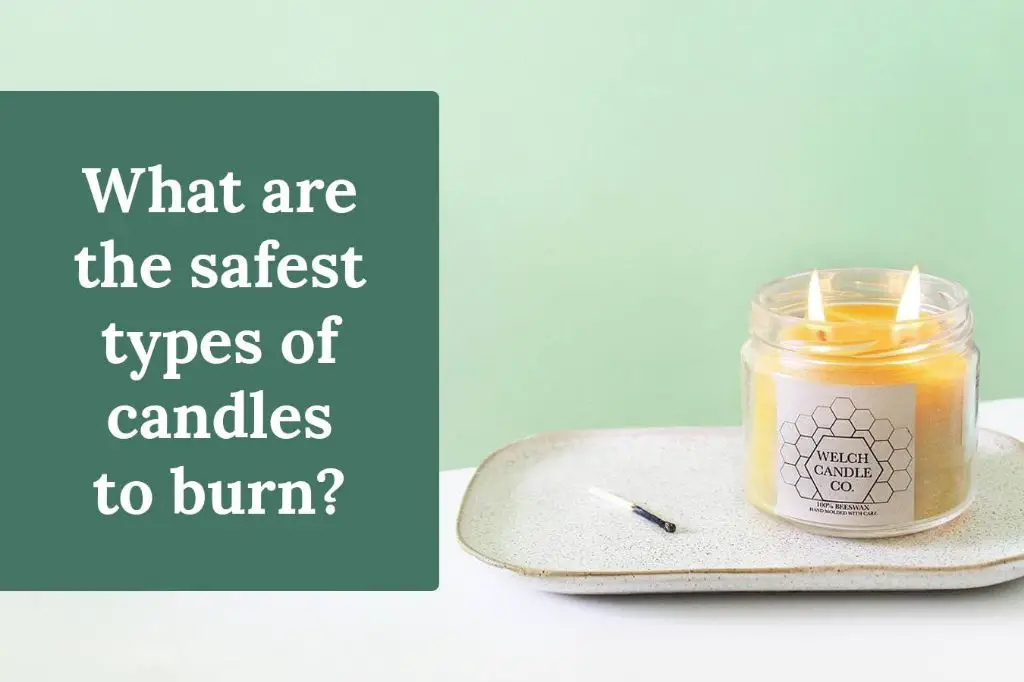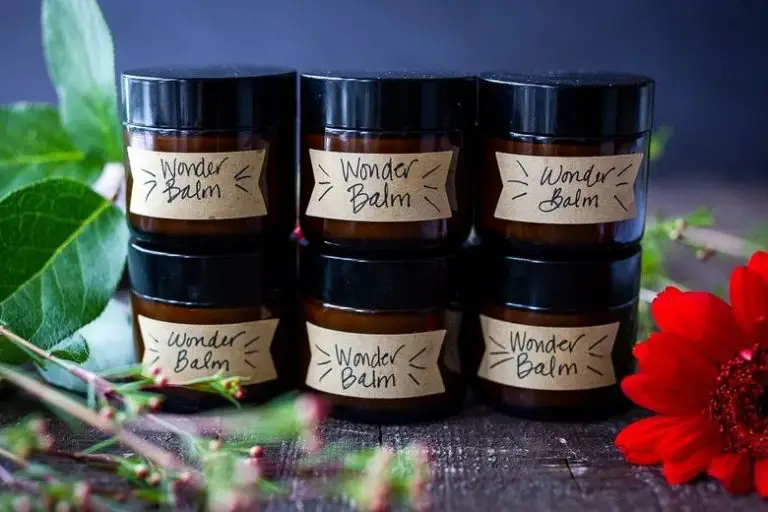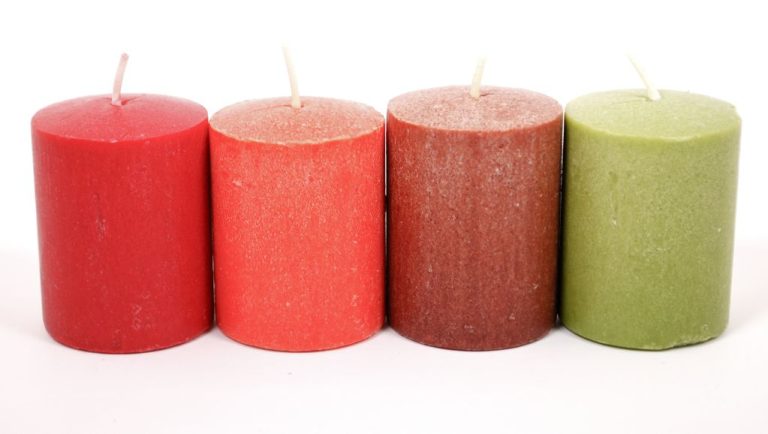What Is The Recipe For Candle-Making Soy Wax?
Soy wax is a vegetable-based wax that is commonly used to make candles. It is made from hydrogenated soybean oil and offers several advantages over traditional wax candle options like paraffin. Soy wax candles burn cleaner and cooler, produce less soot, and are more environmentally-friendly as soy is a renewable and sustainable crop.
Soy wax came into popularity in the 1990s as a substitute for petroleum-based waxes like paraffin or synthetic waxes like gel. It quickly became a top choice for candle makers and hobbyists due to its natural scent and biodegradable nature. Soy wax blends well with essential oils and fragrances and produces a smooth wax that holds scents efficiently. It is flexible when warm which makes it easy to work with. The natural texture also produces visually pleasing candles with a creamy finish.
While the exact recipe and production process varies between manufacturers, the basic ingredients of soy wax remain the same. The wax consists of hydrogenated soybean oil along with smaller amounts of other vegetable oils like palm oil for desired melting properties. Additional ingredients may include additives for color, scent, and performance. Soy wax continues to gain popularity as consumers seek natural and sustainable products for their homes.
Benefits of Soy Wax for Candles
Soy wax has become a popular alternative to traditional paraffin wax for candle making. Some key benefits of using soy wax include:
Soy wax is natural and biodegradable. It is made from soybeans, a renewable resource, whereas paraffin wax is a petroleum byproduct. This makes soy wax more environmentally friendly. Soy wax will biodegrade in landfills rather than sitting there for centuries like paraffin wax (https://thecandlestudio.com/blog/why-choose-a-soy-wax-candle-the-benefits-of-soy-wax).
Soy wax burns cleaner than paraffin wax. Paraffin wax releases carcinogens and soot into the air when burned, but soy wax does not. This makes soy candles better for homes and indoor air quality.
The natural properties of soy wax allow for better fragrance retention and scent throw. Essential oils cling to soy wax and the scent disperses more effectively when the candle is burning.
Soy wax has a lower melting point than paraffin, so it melts at a lower temperature. This allows soy candles to form a wax pool more easily and prevents issues like soot buildup.
Since soy wax comes from a sustainable crop, it is also considered a renewable resource. Paraffin wax comes from non-renewable petroleum sources.
Types of Soy Wax
There are two main types of soy wax used for candle making: natural soy wax and hydrogenated soy wax. Natural soy wax is 100% soybean oil with no additives. It has a low melting point and is prone to frosting, making it best for containers and votives. Hydrogenated soy wax has undergone a chemical process to increase its melting point, making it better for pillars and tarts. Hydrogenated soy wax also results in a cleaner burn and stronger scent throw.
Some popular natural soy wax brands include EcoSoya and Cargill NatureWax. These produce a soft, creamy natural soy wax. Leading hydrogenated soy wax brands are Golden Brands and CandleScience. Hydrogenated soy wax is available in various blends optimized for different candle types.
When choosing a soy wax, consider the candle style you plan to make. Natural soy wax works well for containers as it adheres nicely to the sides when cooling. Hydrogenated soy wax is recommended for pillars, tarts, and votives as it contracts from the sides when cooling, resulting in a smooth finish.
Both natural and hydrogenated soy waxes produce clean-burning candles with excellent scent throw. Hydrogenated soy wax may allow fragrances to last slightly longer. Test different soy wax types to find your optimal match.
Soy Wax Ingredients
The main ingredient in soy wax is soybean oil. Soybean oil is extracted from soybeans and hydrogenated to turn it into a solid wax. Compared to paraffin wax made from petroleum, soy wax is a natural, renewable resource.
Other ingredients are typically added to soy wax for candle making:
- Fragrance oils – Essential oils or synthetic fragrances that provide aroma.
- Dye – Added for color, typically liquid dye or color blocks.
- Additives – Extra ingredients like vybar or parasoy to modify wax properties.
Soy wax does not require additives, but many candle makers add fragrances and dyes to customize soy candles. Make sure any additives are specifically designed for soy wax candles. Follow instructions carefully, as adding too much fragrance or dye can impact burn performance.
When selecting ingredients, look for products labeled for use in soy wax candles. High quality, compatible ingredients will provide the best results.1
Soy Wax Safety
Soy wax is one of the safest options for candle wax. According to Soya Candle Supply Company, soy wax is considered to be “non-toxic” and “clean burning”.
Unlike paraffin wax which produces soot and releases toxins into the air when burned, soy wax produces very little soot and smoke (source: https://lochtree.com/blogs/blog/are-soy-candles-better-for-you). The lack of soot makes soy wax an excellent choice for candles used in homes with light-colored walls or furniture.

Additionally, soy wax does not release harmful chemicals or toxins when burned like some synthetic waxes can. This makes soy candles a great option to burn around children and pets (source: https://www.wholesomehub.net.au/blog/which-candles-are-safe-for-your-health).
With its clean-burning properties and toxin-free nature, soy wax is one of the safest and healthiest options for candlemaking.
Melting and Preparing Soy Wax
The double boiler method is an effective way to melt soy wax for candle making. This involves using two pots – one smaller pot that sits inside a larger pot of gently simmering water. Here are the steps:
1. Fill the bottom pot about halfway with water and place it on the stovetop over medium heat. Bring the water to a gentle simmer.
2. Place the smaller pot inside the larger one. Make sure the bottom of the smaller pot does not touch the water.
3. Add soy wax flakes or pellets to the smaller pot. Stir frequently as the wax melts.
4. Once the wax has fully melted, remove the smaller pot from the double boiler. The wax should be around 185-200F for container candles.
Always melt more wax than you need. Soy wax shrinks by about 7% as it cools and hardens. The double boiler provides very even gentle heating so the wax molecules don’t get damaged (https://villagecraftandcandle.com/blogs/news/how-to-melt-wax-for-candle-making). Just be careful not to overheat the wax.
Make sure all equipment is clean and free of water drops before pouring the melted wax into containers or molds. The wax needs to be fully liquid when pouring but not too hot. Check the manufacturer’s recommendations for ideal temperature.
Adding Fragrance and Dye
Adding fragrance and dye is an essential step in soy candle making. The standard fragrance load recommended for soy wax is 6-8%. Anything above 10% may start to negatively affect the wax quality and burn performance.
The two main types of candle dye are liquid dye and solid dye chips or blocks. Liquid dye provides more flexibility and control over the final color whereas dye chips create a bolder, more saturated color. Both work well in soy wax. A few drops of liquid dye or smaller pieces of chips are all you need for coloring a standard 16oz candle. Always add fragrance oil to the wax first before adding any candle dye. Adding dye first can cause the fragrance to distort the intended color [1].
Thoroughly stir or whisk the wax after adding the fragrance and dye to fully incorporate. Make sure there are no dye chips still visible before pouring the wax into containers. This helps achieve an even consistent color throughout all the candles. Allow the dyed wax to cool slightly more before pouring compared to plain uncolored wax since the dye may inhibit crystallization.
Pouring Soy Wax
Proper wick preparation is crucial for achieving the best results when pouring soy wax candles. Before pouring, make sure the wick is centered and straight in the candle vessel. Secure the wick to the bottom of the container using wax or hot glue to prevent it from shifting when the wax is poured (https://www.candlescience.com/learning/how-to-make-a-soy-candle/).
The optimal pouring temperature for soy wax is between 135-145°F. Pouring at higher temperatures can cause more shrinkage and sinkage as the candle cools. Pour slowly and evenly in a thin stream close to the wick to prevent air bubbles from forming (https://www.brambleberry.com/how-to/candles/art0126-soy-wax-101.html). Do not pour the wax directly onto the wick as this may displace it. Allow the candle to cool undisturbed until set.
Cooling and Curing Soy Candles
Properly cooling and curing soy candles is an important step to ensure you end up with a high quality candle. Rushing the cooling process can lead to cosmetic issues like frosting and cracking on the candle surface. Here’s what you need to know about cooling and curing soy wax candles:
After pouring your soy wax into containers, allow the candles to cool and harden at room temperature. Avoid moving or disturbing the candles as they cool. The cooling process can take 6-12 hours depending on the size and shape of your container. According to The Sojourn Company, cooling the candles with the lid on will help prevent frosting.
Once your soy candles have completely hardened, they still need additional time to cure before burning. The curing process allows time for the fragrance oil and soy wax to fully bind together. This helps maximize hot throw when the candle is burned. General recommendations are to cure soy candles for 1-2 weeks.
According to posts on r/candlemaking, two weeks of curing produces the best burn results. Some candle makers suggest curing soy candles with the lids off to allow any remaining moisture to evaporate. Storing soy candles in a warm environment can help speed up the curing process.
Fully cured soy wax candles will have a smooth, opaque surface with a matte finish. The wax should feel firm to the touch with no oily residue. Once cured, soy candles are ready for a great burn experience.
Tips for Best Soy Candle Results
To get the best results when making soy candles, here are some helpful tips to follow:
Use the proper wick size – Choosing the correct wick is crucial for even burning and maximum scent throw. Use a larger wick like CD or ECO for containers over 3 inches wide. Go smaller for narrower jars. Testing different wicks to find the best fit can help optimize your candle’s performance.
Wait until wax is below 120°F before pouring into jars – Soy wax can stick to the sides of a container if poured while too warm. Letting wax cool down below 120 degrees Fahrenheit allows time for air bubbles to rise to the top before pouring into jars or other vessels.
Allow adequate cure time – Freshly poured soy candles need time to fully harden and cure, typically 1-2 weeks. Resist lighting or moving candles until they’ve cured completely to prevent issues like sinking, tunneling, or poor scent throw.
Following these simple but important guidelines for wick sizing, pour temperatures, and curing can help you end up with attractive, long-lasting, and fragrant soy candles.





